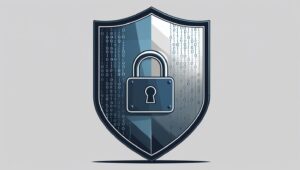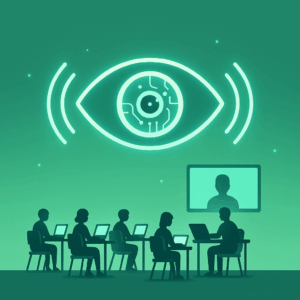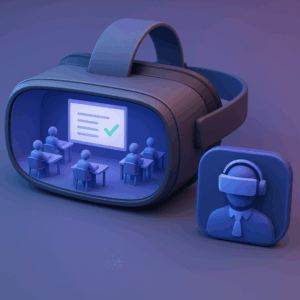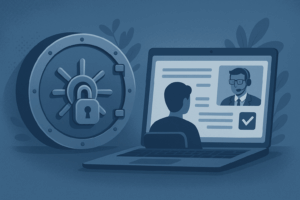Remote proctoring has received a lot of flak over the years. Critics have gone so far as to call it “creepy”, “intrusive” and “excessive”. This begs the question, “How do you assess nearly 6.6M students who are enrolled in some kind of online course?”. According to most educators, the ideal solution to such a large-scale challenge is remote online proctoring.
The discussion around remote proctoring is taking place between two sides: on one side, there are those who believe that remote proctoring is fundamentally unsound and should be discontinued; and on the other, there are those who may or may not support the practice in all its forms, but nonetheless believe that at least one form is necessary to ensure the legitimization of remotely-administered exams. However, there is still a lot of disarray regarding the benefits of online proctoring. So, let’s debunk some popular misconceptions about remotely proctored online exams.
1. Recording student video feed induces anxiety

Naysayers argue that most remote proctoring involves the use of software that accesses students’ cameras, uses them to confirm their identities, and monitors them throughout the course of the test. They’re absolutely right. However, this may also include a “Record and Review” technique, wherein the test session is recorded via the students’ cameras and may be reviewed at a later time.
Also, not every remote proctoring software captures the video feed of students or their living quarters in this manner. A basic type of web proctored online exam system involves ” the use of code or programs within the testing platform itself that prohibit the test taker from stopping and restarting the test, opening other programs, using communication technology such as email or instant messaging programs and performing common tasks such as copying, saving and printing.”
Rahul Siddharth, co-founder of Proctortrack (leading remote proctoring software) indicates that they have noticed disparate trends in the area of proctoring-induced anxiety.
Many students feel less anxious when they take an exam from a familiar environment, in the absence of stressors like traveling to an in-person exam center/classroom and being around other nervous students. In fact, the anxiety, if any, tends to fade away after more exposure to online proctoring.
Rahul Siddharth, co-founder of Proctortrack Tweet
2. There are no non-video-related remote proctoring options available.

As mentioned above, not all remote proctoring practices are equal. Using the so-called “computer/browser lockdown software” that prevent test-takers from pausing the allotted test time, saving the test, or accessing resources by which they could cheat is one method that largely preserves students’ privacy. G.R. Cluskey, Jr. produced a list of eight “Online Exam Control Procedures” that can be employed in line with remote proctoring. These are as follows:
- The exam should only be offered at one time, to prevent “a team of conspiring online test takers” from taking the test one at a time, sequentially, and sharing answers.
- Test-takers should only be allowed to start the exam within a brief window, again seeking to prevent (to the greatest degree possible) one or more students from finishing the test before others and providing answers or other assistance.
- The exam’s questions should be randomly sequenced, making it more challenging for students to share answers mid-test.
- Exam questions should only appear one at a time, without the option to return to previous questions after one is completed, again making collusive cheating more challenging.
- The exam should be sufficiently challenging, and the time allotment sufficiently small. The test-taker should be left with only a few minutes to spare after completing the exam.
- Test-takers should only be able to access the exam once.
- Test-takers should be required to use a lockdown software.
- Instructors administering the exam should change one-third of exam questions, at a minimum, every semester (or every time the exam is offered).
The authors of this paper assert that online proctoring along with these practices “will provide reasonable assurance that academic integrity has been achieved at a satisfactory level.”
3. Remote-Proctored exams fail to demonstrate student topic mastery.
This insight is not so much about the grade results of remotely-proctored exams. As John A. Weiner and Gregory M. Hurtz detailed in a 2017 study, quantitative differences between online, remotely-proctored exams and in-person, onsite-proctored exams are minimal, with remote vs. onsite test-taking and proctoring having virtually no relation to test performance.
According to their critics, traditional exams are good at two things: managing faculty workload and analyzing low-level skills. They also believe that remotely proctored exams are in contrast to most course learning objectives, which are often designed around one’s ability to create, evaluate and analyze course material. Put in more technical terms, traditional exams measure the lowest levels of Bloom’s Taxonomy, whereas better-designed assessments provide more holistic pictures of a student’s learning.
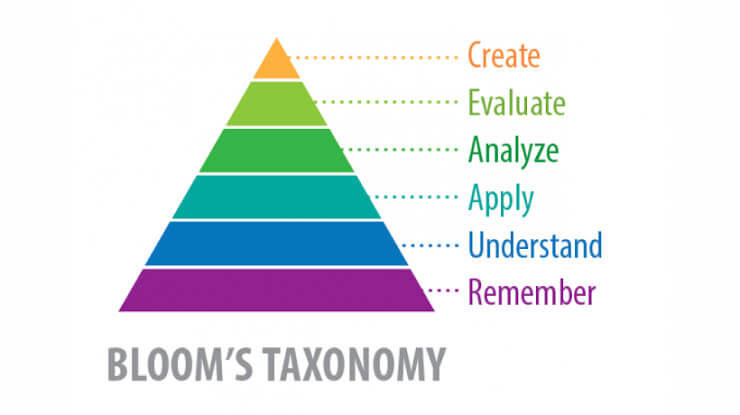
Nonetheless, live proctoring can be employed with virtually any alternate assessment method. These include fairly standard ones like essays and collaborative assignments, as well as case study analyses or debates. With an AI-based live proctoring software like ProctorLive AI, institutes can assign a live proctor (can be a teacher or an invigilator) for up to 16 students at a time. This allows instructors to assess students at higher levels of Bloom’s Taxonomy while simultaneously avoiding the potential pitfalls of online assessments.
4. Remote proctoring cannot ensure legitimization and accreditation of online courses
As noted at the outset, proponents of remote proctoring may or may not support the practice in all its forms, but fundamentally believe that it is necessary in at least some form to legitimize remotely-administered tests.
This is true at several levels. On a basic, legal level, the 2008 Higher Education Opportunity Act requires American colleges and universities “to verify the identity of students to ensure those who register for an online course are the ones who participate.”

On a second level, administration and faculty generally feel it’s important to include safeguards against cheating on online assessments. They also feel that a detailed academic honesty code should be enforced at the school level, making anti-cheating measures on online courses a necessity.
On a third level, online courses that do not ensure a secure means of testing may not be rated as reliable by other accreditors. In other words, the legitimization of online education may hinge on the instructor’s ability to demonstrate that substantial anti-cheating measures were implemented.

